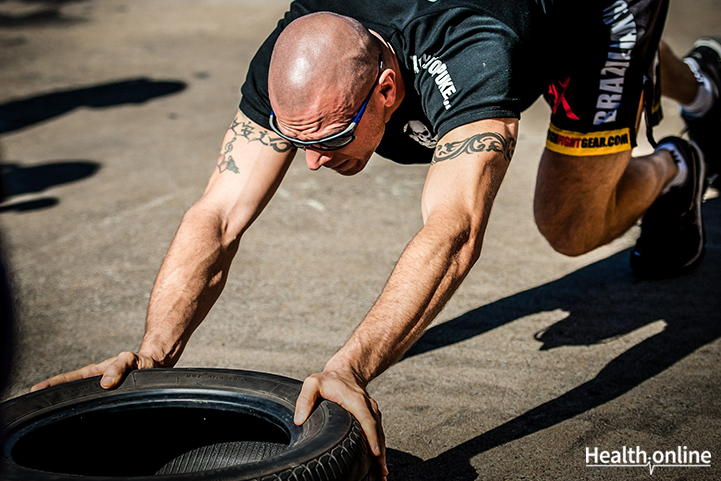
Everything You Need to Know About Functional Fitness
What is functional fitness?
Every fitness routine has a goal. For instance, bodybuilding’s purpose is to improve muscle mass, while running (on a track or on a treadmill) aim to improve cardiovascular fitness. Functional fitness is a routine designed with the goal of improving your functioning in day to day activities.
To better understand this, consider a bodybuilder who works out for two to three years. What happens to such a person? He becomes big and bulky. But in the bargain, he may be losing out the agility. Body builders seldom run and walk fast. Their gait becomes slow. The reason for this is that their fast twitch muscle fibers become dormant after years of using only slow twitch fibers. Over a period of time, their ability to function in day to day life is altered, sometimes to the extent that it causes problems for them.
Functional fitness is meant to help avoid such problems. It is a means of improving your day to day activities, thereby positively affecting your productivity at home and at the office. It improves your overall efficiency. If you are a driver who drives long distances, then functional fitness will help you maintain that posture, and relieve back pain, even when you drive for a long duration.
This makes functional fitness very different from other forms of fitness; in that, your goal is to improve form and function, and not just achieve weight loss or cardio vascular fitness. On top of all that, functional fitness aims to improve the overall quality of life.
How functional fitness helps you?
In the era before gyms and fitness regimes became ubiquitous, people were healthier mainly because their day to day activities incorporated function fitness routines. Your grandparents would have squatted for hours in the barn and field during the day, keeping their hip joints active. Or they would have carried heavy goods for long hours, keeping them muscular until the end of their lives. Since we don’t get to work that way due to technological advancements, we need functional fitness programs to derive the same benefits.
How to begin?
To begin with, you need to profile your day to day activities. Look for areas where you can improve immediately. If you are someone who uses elevator and escalators always, try switching them for stairs. Stairs are some of the best workouts that our ancestors had.
You can start with simple exercises like squats on the floor. Try to go to the grocery store by yourself and walk home carrying all your bags.
If you can spare the time, try going to a gym where functional fitness is being focussed on.
What are the functional fitness exercises that you can do by yourself?
If you are at home, try doing the following:
- Free squats (if you are new to squatting, hold on to something for support)
- Shoulder width push ups
- Lying on your back and doing leg raises
- Running on the spot
- Stretching
- Sitting cross legged on the floor
- Sit ups
If you are someone with access to the gym; try doing the following with either kettlebells or dumbbells or barbells (whatever suits you). Avoiding lifting very heavy weights:
- Deadlifts
- Lunges
- Bicep curls
- Triceps extension
- Single bar pull ups
- Chin ups
- High knees
- Back squats
- Sumo squats
- Front Squats
- Zercher squats
- Walking up and down the stairs with weight
- Yoga, which helps improve your function drastically
Once your endurance level improves, you can move on to compound exercises. You have to make sure that you maintain proper form and function.
Remember that you need to have a good warm up before you start your exercise: Here are few examples of warm ups exercises for you:
- Start with simple jogs in place.
- Do simple on the spot jumping.
- Do jump rope exercises.
- Isolation warm-ups for each part of the body like neck rotation, knee rotation, shoulder rotation, etc.
Benefits of functional exercises:
- Improves the form of the body.
- The posture of your body becomes better.
- Reduces the risk of injuries.
- Increases productivity.
- Improves efficiency.
- Keeps you active throughout the day.
- Helps to improve the results from other workouts too.
- Helps to reduce weight.
- No risk of falling or other injuries.
- Gives a huge boost to your confidence.
You can begin by doing these simple exercises at home, and then move on to a gym. If you are already familiar with these exercises, you can start right away. But for the uninitiated, the help of a trainer is recommended.
One final tip – Remember always that these exercises are of no use to you if you are not consistent. Practise the functional fitness exercises regularly to observe optimum results.




